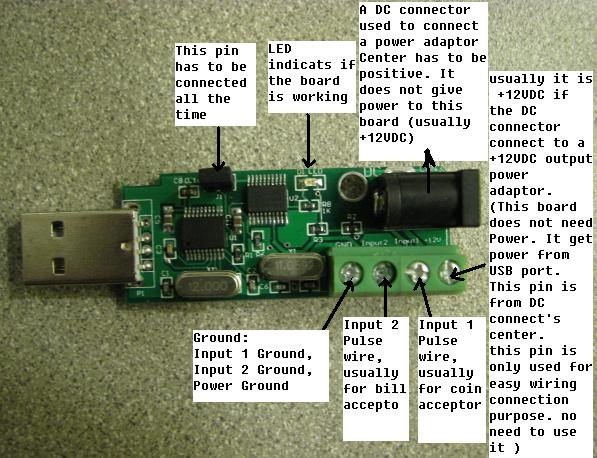Cctalk Serial Interface

Find more information about: ISBN: 22200291 OCLC Number: 36900907 Description: xxii, 1130 pages; 23 cm Contents: Introduction: Formalisms / Julie Rivkin, Michael Ryan -- Introduction to the formal method / Boris Eichenbaum -- Art as technique / Viktor Shklovsky -- Thematics / Boris Tomashevsky -- Morphology of the folktale / V. Propp -- Discourse in the novel / Mikhail Bakhtin -- Rabelais and his world / Mikhail Bakhtin -- The formalist critics / Cleanth Brooks -- The language of paradox / Cleanth Brooks -- The canonization / John Donne -- Introduction: The linguistic foundation / Jonathan Culler -- Course in general linguistics / Ferdinand de Saussure -- Two aspects of language / Roman Jakobson -- How to do things with words / J.L. Rivkin and ryan literary theory an anthology pdf files free.
This article includes a, related reading or, but its sources remain unclear because it lacks. Please help to this article by more precise citations. ( September 2014) () ccTalk (pronounced see-see-talk) is a protocol in widespread use throughout the money transaction and industry.
Such as the for coins and banknotes found in a diverse range of automatic payment equipment such as transportation, ticketing, payphones, amusement machines, and retail cash management use ccTalk to talk to the host controller. The ccTalk protocol is one of 2 protocols specified by for use in all AWP machines with serial coin acceptors. (The other is the Host Intelligent Interface protocol developed by ).: 20 The protocol was developed at a company called Coin Controls (hence coin-controls-talk, later called Money Controls and from 2010 Crane Payment Solutions) on the outskirts of in north-west mainly by Engineer Andrew William Barson. The first release of the protocol was in 1996. The ccTalk protocol is an.: 13 The protocol uses an asynchronous transfer of character frames in a similar manner to RS232. The main difference is that it uses a single data line for half-duplex communication rather than separate transmit and receives lines. It operates at and is ‘multi-drop’ i.e.
Aug 20, 2018 - I'm not related to any of the following companies or websites. I didn't verified any seller, software or item with the exception of the simple USB.
Peripherals can be connected to a common bus and are logically separated by a device address. Each peripheral on the ccTalk bus must have a unique address. The original protocol operated at 4800 with subsequent releases standardising on 9600 baud. Low cost bridge chips are now available from a number of manufacturers to allow ccTalk to run over USB at baud rates of at least 1 Mbit/s. CcTalk protocol stacks have been implemented on a range of devices from tiny with 512 of to powerful 32-bit processors.: 12-13 The protocol supports all standard operations for electronic devices such as upgrading of firmware, secure transfer of data and detailed diagnostic information. Advantages of ccTalk include low cost technology, a simple-to-understand packet structure, an easily expandable command interface and no licensing requirements. The latter affords the protocol a good deal of popularity in a crowded and highly competitive field similar to open-source software.
In 2010, encryption was added to certain commands so that it could be made more resilient against attacks on the bus. Birdy shelter free download mp3 music. Each peripheral has its own unique DES key. Contents • • • • • An Example ccTalk Message Packet [ ] TX data = 2 0 1 245 8 • 2 = destination address • 0 = zero data bytes • 1 = source address • 245 = command header ‘Request equipment category id’ • 8 = checksum ( 2 + 0 + 1 + 245 + 8 = 256 = 0 mod 256 ) This is a message from address 1 ( the host ) to peripheral address 2 to find out what it is.
RX data = 1 13 2 0 67 111 105 110 32 65 99 99 101 112 116 111 114 22 • 1 = destination address • 13 = 13 data bytes • 2 = source address • 0 = reply header • 67114 = ASCII for ‘Coin Acceptor’ • 22 = checksum ( sum of all packet bytes is zero ) The reply from address 2 back to address 1 identifies it as a coin acceptor. Details [ ] The ccTalk protocol is a byte-oriented protocol. The series of bytes in a message -- represented above as a series of decimal numbers -- is transmitted as. Many devices have single electrical connector that carries both power (typically +12 V or +24 V) and the ccTalk data over a total of 4 wires. To reduce cost, for short interconnection distances CPI recommends sending ccTalk data over an unbalanced open-collector interface: both transmit and receive messages occur on the same bi-directional serial DATA line at, driven through an open-collector NPN transistor.
I’m not related to any of the following companies or websites. I didn’t verified any seller, software or item with the exception of the simple USB cable ( because it was simple ) one Acrosser board and the cables in the second blog post.